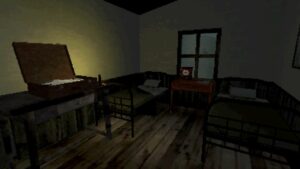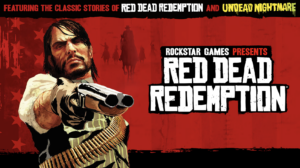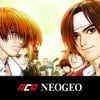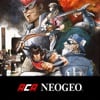It’s always a pleasure when we get a chance to talk to the creators behind the games, and we’ve gotten another great opportunity today. Sawaki Takeyasu of Crim, Inc has worked on many legendary games like Okami and Devil May Cry, but as a director he is best known for El Shaddai, a striking, mysterious action game that first released on PlayStation 3 and Xbox 360 back in 2011. The game will be making its way to the Nintendo Switch in the West in April, and we decided to throw a few questions Takeyasu-san’s way about the game, its origins, and its surprising emergence as a cult classic over time. Let’s get to the interview!
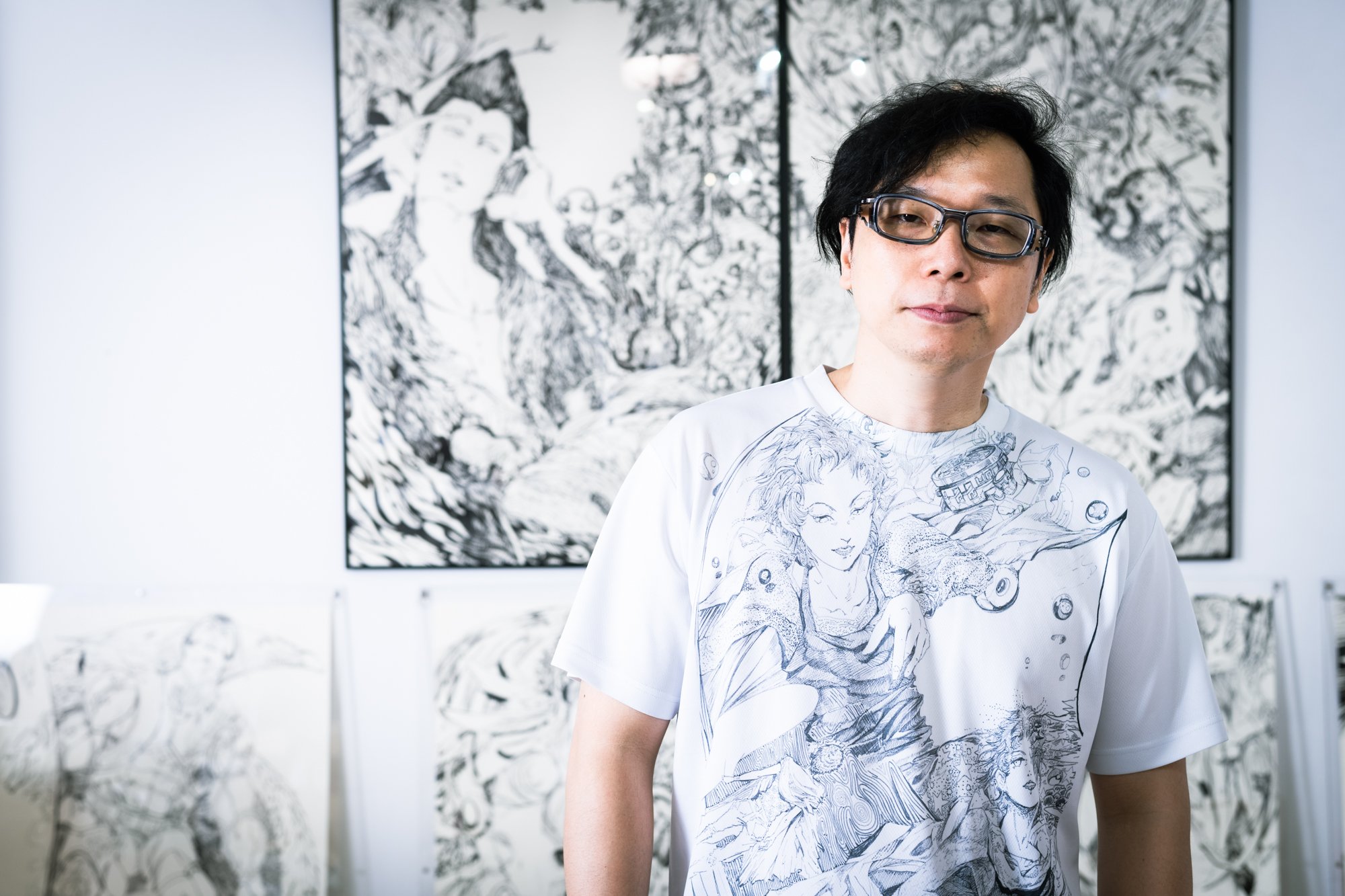
TouchArcade (TA): Thanks for your time today, Mr. Takeyasu. Can you tell our readers a bit about yourself? And what are your favorite pizza toppings?
Sawaki Takeyasu (ST): Hello, my name is Sawaki Takeyasu. I previously worked on Devil May Cry, Steel Battalion, and Okami at Capcom Co., then became a freelancer and worked on many videogames in many different roles. Now I am the representative of Crim, Inc and am working on El Shaddai‘s Switch port and our incoming title, Starnaut.
As for my favorite pizza toppings, that would be prosciutto and blue cheese, and also ketchup.
TA: Although it has been a while since El Shaddai first released, can you let us know about how the game was conceived?
ST: It all started from me meeting VJ Chadha, who was the CEO of Ignition Entertainment in the UK (which also does not exist anymore), for the first time. On his birthday, he asked me to do the contract for El Shaddai.

TA: You had considerable experience as a character designer going back many years before, but El Shaddai was (I believe) your first time directing a game. What was it like moving into such a role?
ST: All I was doing up until that point was getting ordered to work for somebody. Thus when I took a position where I could decide everything, I felt happy and confused simultaneously. Of course I was glad that I could decide whatever I liked, however there were so many things where I thought my decision was not really required. Such things reminds me of the pain of being a director back then. Also, I found collecting people in one place and working together was so difficult that it led to my current fundamental stance which is to make decisions as soon as possible and take responsibility for them.
TA: Although the game had fairly good reviews, El Shaddai seemed to sell a bit lower than expected back in 2011. How did it feel to see the cult following for the game grow so much over time?
ST: The biggest issue was that the expectations were too high due to the visual impact, and the studio’s closure at that time meant that the ending was not concluded well. However, above all I think the attempts we made in every aspect were just too ahead of the time. Having originally been at the studio that developed Resident Evil, Devil May Cry, and Okami, I often think maybe we were looking too far into the future.
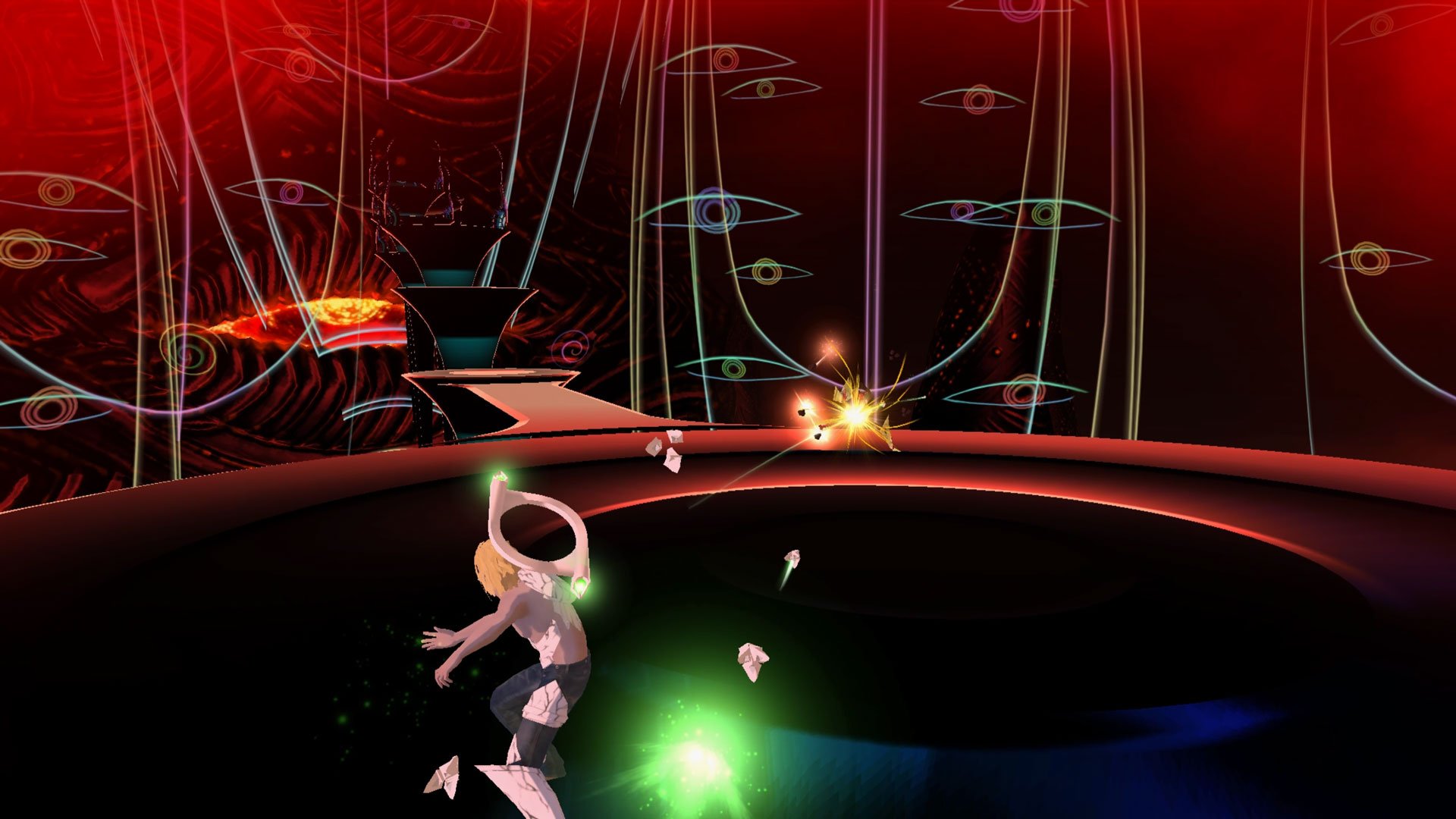
TA: I have to ask: how do you feel about the popular El Shaddai memes that popped up over the years? (“Daijoubu da, mondai nai“)
ST: I’m glad to hear that, as that phrase was originally created with the intention of becoming an internet meme. I completed it in just two hours while on a bullet train during a business trip. It’s an honor that it’s still recognized to this day. “Don’t worry, there’s no problem; I trust you to use it in the best way possible."
TA: What is your personal favorite aspect of El Shaddai?
ST: My favorite scene is from the beginning, depicting a 365-year journey. I created it to mirror my own life, and I still feel that way about it. It’s a metaphor suggesting that life is like a fleeting glimpse of images, long when you’re living it but short when it comes to an end.
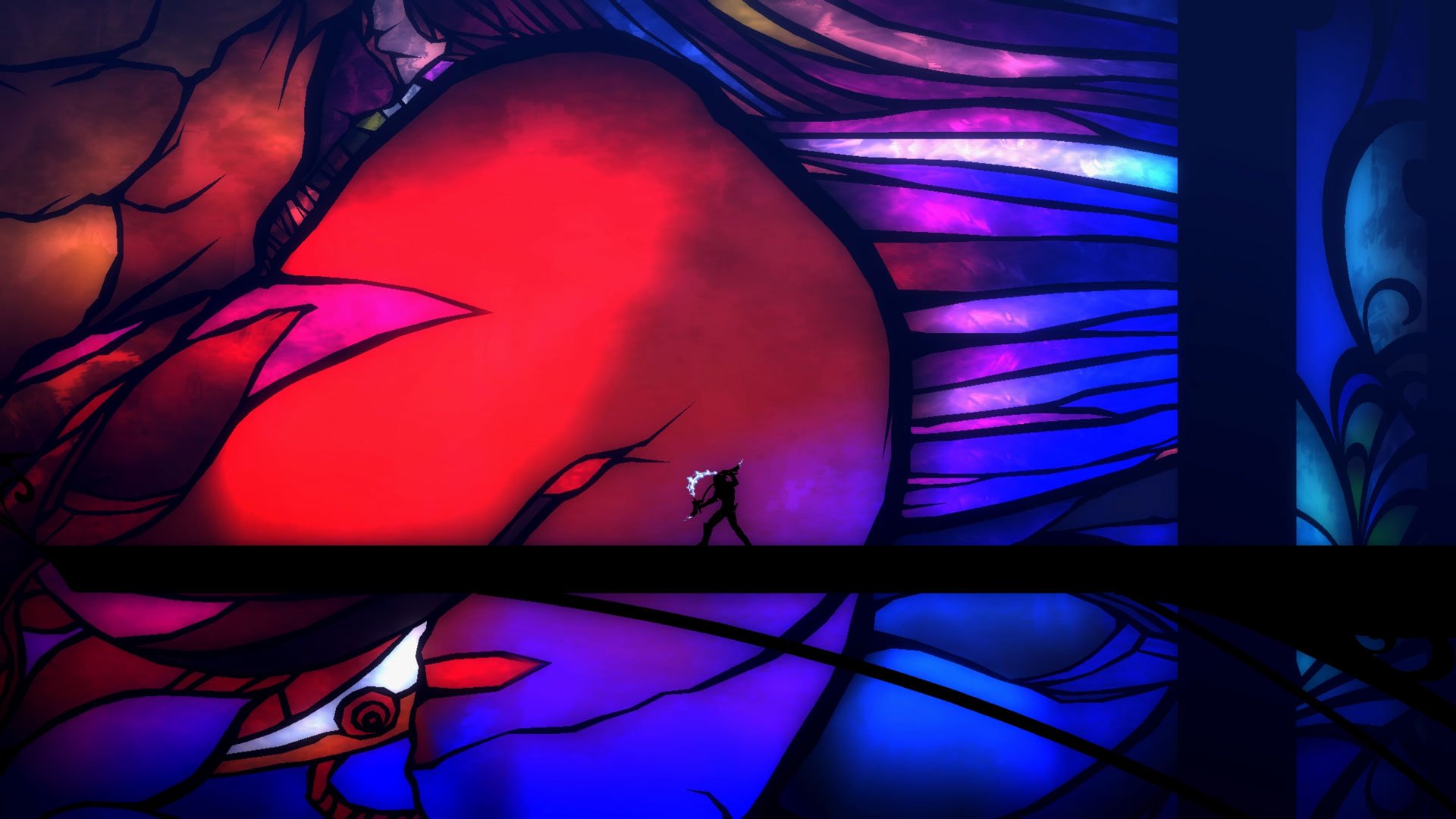
TA: Have you had any challenges in bringing the game to the Switch?
ST: It was all difficult, and I gave up many times. The Switch version took about four years from conception. Ultimately, it was completed thanks to meeting Mr. Hayashibara, the main programmer, and his development of the Aquareed Engine. I think those four years were meant for me to meet him. Meeting him made me realize once again that life shines through the accumulation of such miracles.
TA: El Shaddai received a follow-up in the form of The Lost Child in 2017. Have you considered creating another game in the series, or is that your final word on this world?
ST: Actually, the game I’m currently developing, Starnaut, is also connected in some ways in terms of its setting. I’m not making the specific link public yet, but I hope to reveal it, perhaps when the time comes for a collaboration with El Shaddai.
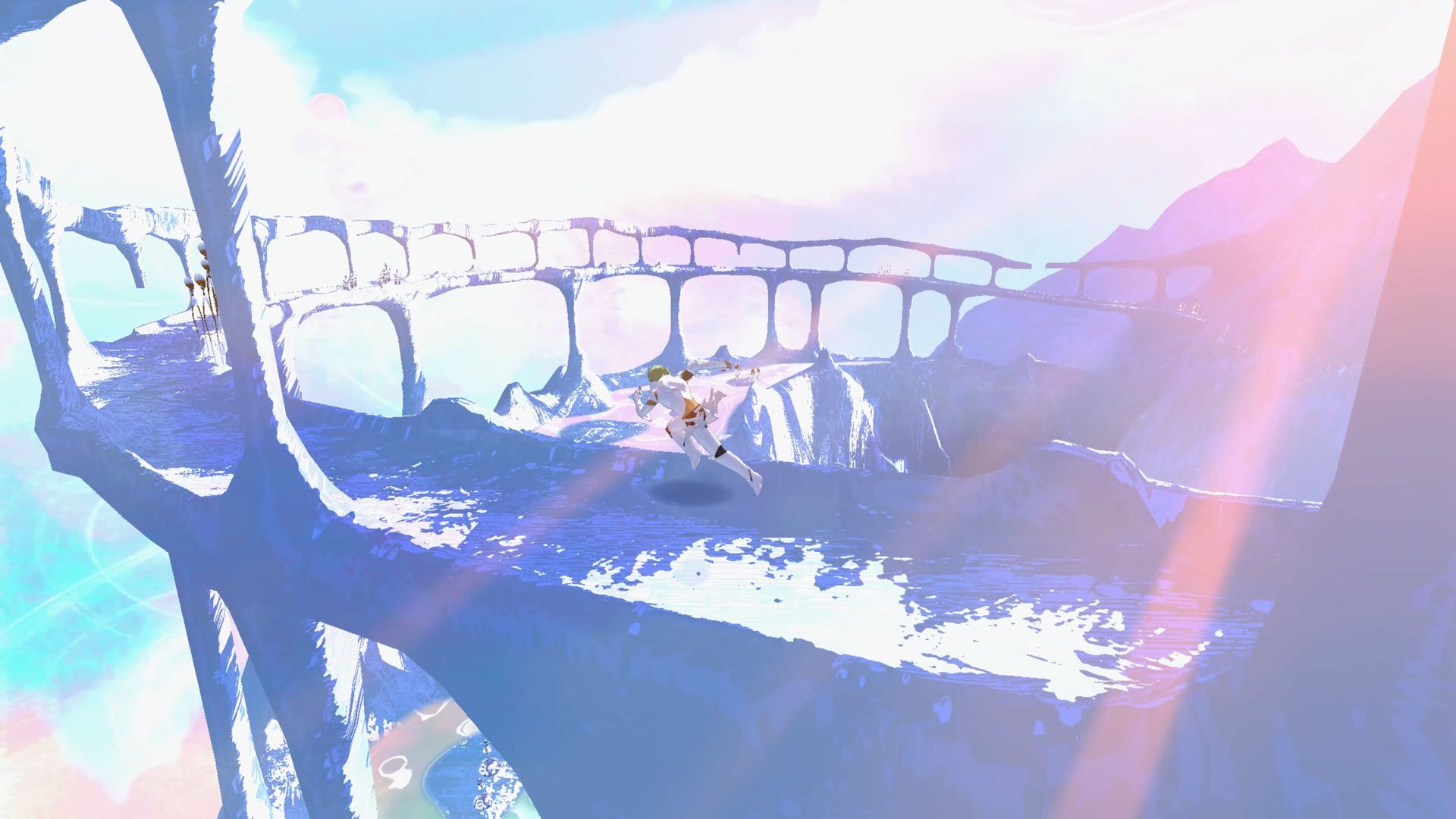
TA: What is the most interesting point of modern gaming to you? Are you happy with the current state of the medium and how it has evolved?
ST: The evolution of indie games has been dramatic, akin to the shift from television to YouTube, marking a change of an era. I am also currently making an indie game. The environment where one can focus solely on creating a game is so thrilling, it’s almost shivering. I believe Unreal Engine 5 has changed the era.
TA: Do you have any message you would like to give our readers? You can say anything you want here!
ST: There is a game called Starnaut that will be released on Steam on February 14th. Please play this game while waiting for the release of El Shaddai. It’s a low-budget game made by three people, but it’s a thrilling roguelike action game themed around massive destruction. After playing it, please play El Shaddai in April. I promise that all the revenue from these sales will be invested into our next game.
And that’s that! We’d like to once again thank Takeyasu-san for his time, and Derek at Hound PR for facilitating this interview. Starnaut will be available on Steam on February 14th, and El Shaddai will arrive on Switch in April. Thanks for reading!
- SEO Powered Content & PR Distribution. Get Amplified Today.
- PlatoData.Network Vertical Generative Ai. Empower Yourself. Access Here.
- PlatoAiStream. Web3 Intelligence. Knowledge Amplified. Access Here.
- PlatoESG. Carbon, CleanTech, Energy, Environment, Solar, Waste Management. Access Here.
- PlatoHealth. Biotech and Clinical Trials Intelligence. Access Here.
- Source: https://toucharcade.com/2024/01/31/el-shaddai-switch-interview-sawaki-takeyasu-starnaut-crim/
- :has
- :is
- :not
- :where
- $UP
- 1
- 2000
- 2011
- 2017
- 360
- a
- About
- about IT
- above
- accumulation
- Action
- actually
- After
- again
- ahead
- akin
- All
- almost
- also
- Although
- always
- am
- an
- and
- Another
- any
- anymore
- anything
- April
- ARE
- around
- AS
- ask
- aspect
- At
- Attempts
- available
- back
- BE
- became
- becoming
- been
- before
- Beginning
- behind
- being
- believe
- BEST
- Biggest
- Bit
- Blue
- Bringing
- buffer
- business
- but
- by
- called
- CAN
- ceo
- challenges
- Chance
- change
- changed
- character
- classic
- closure
- CO
- collaboration
- Collecting
- comes
- Completed
- conceived
- conception
- concluded
- confused
- connected
- considerable
- considered
- contract
- could
- course
- created
- Creating
- creators
- cult
- Current
- Current state
- Currently
- DA
- day
- decide
- decided
- decision
- decisions
- depicting
- Derek
- Designer
- developed
- developing
- Development
- devil
- DID
- different
- difficult
- directing
- Director
- do
- does
- doing
- dramatic
- due
- during
- el
- emergence
- end
- ending
- Engine
- Engine 5
- Entertainment
- Environment
- Era
- Ether (ETH)
- Every
- everything
- evolution
- evolved
- exist
- expectations
- expected
- experience
- facebook messenger
- facilitating
- fairly
- far
- Favorite
- February
- feel
- felt
- few
- final
- First
- first time
- Focus
- following
- For
- form
- found
- four
- from
- fundamental
- future
- game
- Games
- gaming
- gave
- get
- getting
- GitHub
- Give
- Glimpse
- gmail
- going
- good
- great
- Grow
- had
- happy
- Have
- having
- he
- hear
- hello
- High
- him
- his
- honor
- hope
- HOURS
- How
- However
- HTTPS
- i
- Ignition
- images
- Impact
- in
- Incoming
- Indie
- Intention
- interesting
- Internet
- Interview
- into
- invested
- issue
- IT
- ITS
- JavaScript
- journey
- jpg
- just
- Know
- known
- Led
- legendary
- let
- Life
- like
- LINK
- living
- Long
- looking
- lost
- lower
- made
- Main
- make
- Making
- many
- marking
- massive
- max-width
- May..
- maybe
- me
- meant
- medium
- Meet
- meeting
- meme
- memes
- message
- Messenger
- miracles
- mirror
- Modern
- most
- moving
- mr
- much
- my
- mysterious
- name
- networks
- next
- Nintendo
- Nintendo Switch
- no
- now
- of
- often
- on
- once
- ONE
- open
- Opportunity
- or
- originally
- origins
- our
- over
- own
- Pain
- People
- perhaps
- personal
- PHP
- Pizza
- Place
- plato
- Plato Data Intelligence
- PlatoData
- Play
- playing
- playstation
- please
- pleasure
- plus
- Point
- position
- possible
- pr
- previously
- Problem
- Programmer
- promise
- public
- Questions
- readers
- realize
- really
- received
- recognized
- release
- released
- representative
- required
- responsibility
- reveal
- revenue
- Reviews
- Role
- roles
- sales
- say
- scene
- see
- seemed
- sell
- send
- Series
- setting
- Share
- shift
- shines
- Short
- simultaneously
- Skype
- So
- Social
- social networks
- solely
- some
- Soon
- specific
- stance
- started
- State
- Steam
- steel
- Still
- studio
- such
- surprising
- Switch
- Take
- Talk
- Telegram
- television
- tell
- terms
- than
- thank
- thanks
- that
- The
- The Future
- the UK
- The West
- Them
- Themed
- then
- There.
- These
- things
- think
- this
- those
- thought
- three
- thrilling
- Through
- throw
- Thus
- time
- times
- Title
- to
- today
- together
- too
- took
- Train
- trip
- Trust
- tweet
- two
- Uk
- Ultimately
- Unreal
- Unreal Engine
- Unreal Engine 5
- until
- us
- use
- version
- via
- Viber
- videogames
- visual
- Waiting
- want
- was
- Way..
- ways
- we
- WELL
- were
- West
- What
- What is
- whatever
- when
- which
- while
- WHO
- will
- with
- Word
- Work
- worked
- working
- world
- worry
- would
- xbox
- years
- yet
- you
- Your
- yourself
- youtube
- zephyrnet




